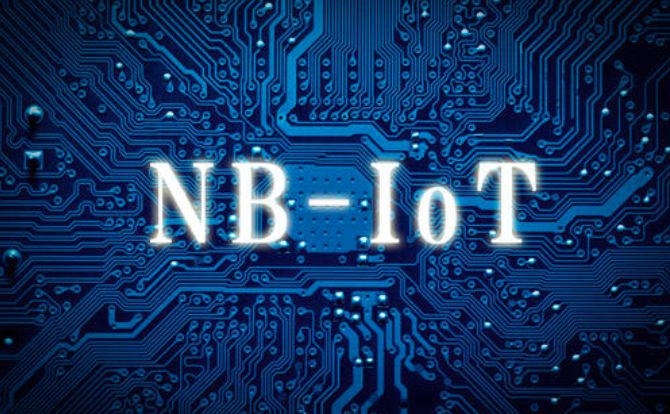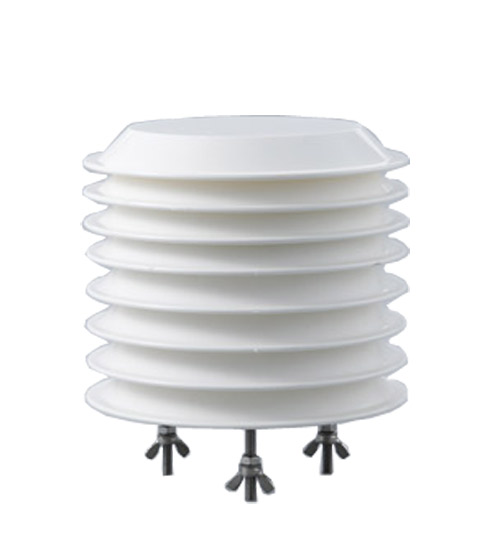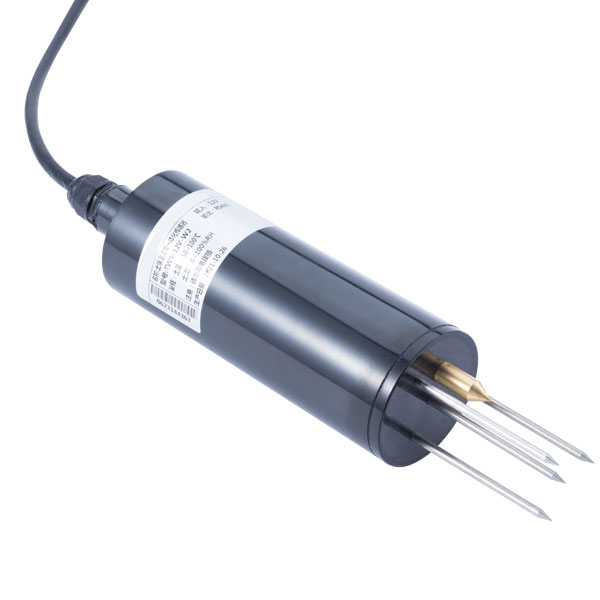

— Blogs —
—Products—
 Consumer hotline +8618073152920
Consumer hotline +8618073152920 WhatsApp:+8615367865107
Address:Room 102, District D, Houhu Industrial Park, Yuelu District, Changsha City, Hunan Province, China
Product knowledge
Time:2022-03-14 20:37:57 Popularity:1312
Narrow Band Internet of Things (NB-IoT) has become an important branch of the Internet of Everything. NB-IoT is widely popular for its strong coverage and long communication distance. So how big is NB-IoT's coverage and how to measure its coverage?
Strong coverage is one of the biggest features of NB-IoT technology. It can not only meet the needs of wide coverage in rural areas, but also apply to applications that require deep coverage such as factory areas, underground garages, and manhole covers. Take manhole cover monitoring as an example. In the past, the GPRS method required an antenna to be extended, and the vehicles were easily damaged. As long as NB-IoT is properly deployed, this problem can be well solved. This is mainly due to the strong coverage capability of NB-IoT.

NB-IoT coverage capability
1. Metrics
In order to measure the coverage capability of NB-IoT, the 3GPP standard organization has defined this, which requires that the coverage of the existing GSM, broadband LTE and other networks should be enhanced by 20dB.
2. The origin of the standard
Why is it 20dB? Take the example of a water meter reported on the Internet to understand. The wireless environment where the water meter is located is poor. Compared with the smartphone, the height difference leads to a 4dB difference in the signal. At the same time, the cover is closed, and an additional loss of about 10dB is added, so it needs to be enhanced by about 20dB.
According to the 3GPP standard definition, the MCL requirements under different networks are shown in the following table. It can be seen from the table that the bottleneck of coverage under each mode is in the uplink. The uplink MCL of NB-IoT is -164dBm, while the uplink MCL of GSM and broadband LTE networks is -144dBm. Therefore, the gain of 20dB is compared to GSM and existing networks. for LTE networks.
3. Key Technologies
So how did the 20dB gain come about? Before answering this question, let’s understand a few key concepts.
MCL: Maximum Coupling Loss, the maximum coupling loss. It refers to the maximum allowable path loss (dBm) on the entire transmission link at the receiving end in order to correctly demodulate the signal sent by the transmitting end.
PSD: power spectral density, power spectral density. Indicates the power (W/Hz) carried by the wave per unit frequency.
Why NB-IOT can achieve strong coverage
Narrowband, retransmission, low frequency -- the three Musketeers of NB-IoT with strong coverage:
1. Narrowband
The gain from narrowband is measured in PSD. The NB-IoT uplink carrier bandwidth is 3.75/15KHz. Compared with the existing 2G/3G/4G uplink PRB of 200KHz (excluding the guard bandwidth, it is actually 180KHz), the PSD gain is about 11dB: log((200mW/15KHz)/(200mW /180KHz))=10.7dB. That is, the energy carried per unit bandwidth of NB-IoT is higher than that of 2G/3G/4G, so it can cover longer distances under the same conditions.
Among them, 200mW corresponds to a terminal with a transmit power of 23dB (10log200mW=23dB).
2. Retransmission
Compared with the traditional method, NB-IoT supports more retransmissions. Every time the number of retransmissions doubles, the rate will be halved, and at the same time, a gain of 3dB will be brought. In layman's terms, if you can't hear it once, you can say it a few more times to improve the probability of hearing clearly. The standard defines the maximum number of uplink retransmissions up to 128 times, but considering the rate and cell capacity in edge scenarios, the maximum number of uplink retransmissions is generally limited to 16 times, which corresponds to a gain of 9dB (actually, it is about 3dB lower than the theoretical value).
3. Low frequency
Although NB-IoT can be deployed in any frequency band, considering coverage requirements, generally choose low-frequency frequency bands below 1GHz for deployment. Compared with high frequency, low frequency has the advantages of lower path loss and stronger diffraction ability, and is more suitable for long-distance coverage. (High frequency is more suitable for communication within the line-of-sight range, that is, there is no obstruction between the transmitter and the receiver, and the distance is close)
The aforementioned 20dB gain comes from this: 11dB(PSD)+9dB(retransmission)=20dB, and NB-IoT is generally deployed in the low frequency frequency band below 1GHz, the three together ensure the stronger NB-IoT technology. cover.
Sensors & Weather Stations Catalog
Agriculture Sensors and Weather Stations Catalog-NiuBoL.pdf
Weather Stations Catalog-NiuBoL.pdf
Related recommendations
Related products
 Atmospheric Temperature Humidity Pr···
Atmospheric Temperature Humidity Pr··· Soil Temperature Moisture Sensor 4-···
Soil Temperature Moisture Sensor 4-··· Air temperature, humidity and atmos···
Air temperature, humidity and atmos···
Screenshot, WhatsApp to identify the QR code
WhatsApp number:+8615367865107
(Click on WhatsApp to copy and add friends)